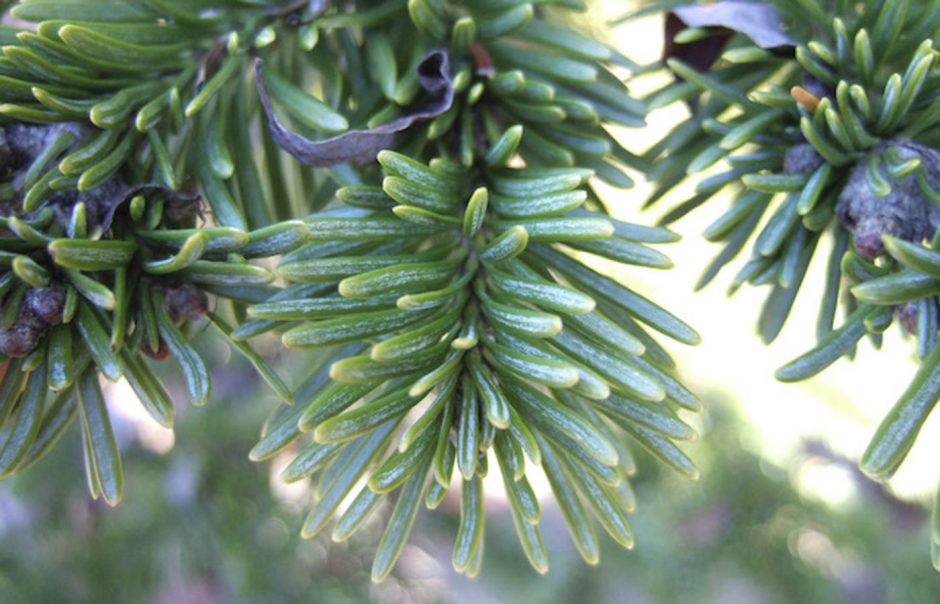
Abies lasiocarpa
This month’s offering is another exploration of the Botanical Garden’s conifers. As I hope I’ve been able to show in the past few instalments, they are a fascinating, diverse and somewhat overlooked group of plants. Conifers are gymnosperms, which—like flowering plants—are seed-bearing vascular plants (i.e., they have internal plumbing). But rather than producing their seeds in a specialized, enclosing ovary, as do the flowering plants, gymnosperms produce their seeds on the surface of a scale, usually sandwiched tightly between other scales.
The diversity of conifers across the world is impressive and each family group has its own distinctive features. The pine family is among the most recognizable, as pines and their relatives are exceptionally common in the wild and in gardens around Vancouver. All members of the family have woody cones with overlapping scales and needle-like leaves. Picking up on last month’s look into western North American cypress relatives, this month will focus on members of the pine family (Pinaceae), and because the Garden’s collections include a goodly number of pines and pine relatives, this series will require several instalments.
The name silver fir is applied to Abies species, as they typically exhibit a whitish band on the undersides of the needles. One of three silver firs native to British Columbia, Abies grandis (grand fir) is an exceptionally common constituent of the forest in the Botanical Garden. Grand fir grows to 80 meters/260 feet tall (over 40 m tall in the David C. Lam Asian Garden). There are both large trees and seedlings at every stage in the Asian Garden. The long glossy needles give off a distinctive grapefruit peel aroma. Pacific silver fir, Abies amabilis, is not native to the site (it is more common on local mountains and on the west coast of Vancouver Island), but grows well in the BC Rainforest Garden. The needles of this species have a strong tangerine smell. The third of BC’s silver firs is Abies lasiocarpa, a tree that smells of balsam and sagebrush. Known as subalpine fir, these trees have spire-like crowns (better at shedding snow) at higher elevations, including near the peaks of the local mountains. Grown at sea level, the trees are broadly conical, as they are in the E. H. Lohbrunner Alpine Garden. A number of Abies species are native further to the south, and Abies concolor (white fir), is the first of these to be represented in the Pacific Slope Garden. The name concolor refers to the leaves, which are the same colour on both sides (i.e., concolorous). Most individuals of this species have long whitish-blue needles. Eastern North America counts only a pair of related silver firs: Abies fraseri (Fraser fir), native to the southern Appalachians, and Abies balsamea (balsam fir) to a wider area in central and eastern Canada and the adjacent US. Both species are featured in the Carolinian Forest Garden. The Botanical Garden has only a single European silver fir species—Abies pinsapo (Spanish fir)—in the collection. Our largest specimen has been slowly declining for years, but a second individual is located beside it (both are in the European section of the Alpine Garden). A seedling of the original, the smaller plant shows the typical juvenile habit, which is compact with exceptionally sharp needles that radiate, hedgehog-like, all around the shoots. The alternate common name for this species is hedgehog fir.
Asia is where silver firs are the most speciose. The Garden boasts a fine collection, though many are difficult to find, as they are mostly planted at the margins of the Garden, away from paths and often outside of the perimeter fence. A reasonable few, however, are locatable. Perhaps the most impressive of these is the pair of Shensi fir, Abies chensiensis, located at the west end of the parking lot. Shensi fir not only produce among the largest needles of all silver firs, but their handsome upright cones are prominently displayed, mid canopy. Silver firs are one of only a few conifers that produce cones that stand upright in the branches. Like Cedrus (true cedar) and Pseudolarix (golden larch), the upright cones of Abies species spontaneously disassemble on the tree when they are ripe. Two other silver firs are viewable from the parking lot: a single Abies delavayi (Delavay fir) overlooking the blue dumpster toward the northwest, and the sparsely-branched, blue-green-needled Abies fabri (Faber fir) at the east end of the line of conifers on the north side of the parking lot. Other specimens of the beautiful Delavay fir were many years ago featured in the parking lot’s grass strip, but were cut in late December one year by vandals, to be used, presumably, for Christmas trees.
Spruces (genus Picea) are well represented in the Botanical Garden, though like the silver firs, many of the Asian species are not easily accessible. A row of mixed Picea brachytyla (Sargent spruce) and Picea wilsonii (Wilson’s spruce), both Chinese species, line the hill directly north of the parking lot, so are clearly visible. Wilson’s spruce is the paler, more densely branched of the two. Also apparent from the parking lot is Picea crassifolia (Quinghai spruce), a species native across much of northern China. Looking west, it is the last conifer on top of the hill.
A few North American species are more easily encountered in the Garden. In the Carolinian Forest, look for Picea rubens (red spruce), a species native to the Maritimes and southern Quebec, south through the Appalachian Mountains as far as North Carolina. Red spruce is the Provincial tree of Nova Scotia and is noted as the host for the fungus that produces false truffles, the primary diet of the northern flying squirrel.
Along North America’s northwestern outer coast, Picea sitchensis (Sitka spruce) provides a formidable barrier to the salt-laden winds off the Pacific. In the shaded, somewhat more benign conditions of the BC Rainforest Garden, the normally skin-piercing needles of this species are somewhat diminished, but I can guarantee that a firm handshake will still leave an impression. Besides mostly sharp-pointed needles, scaly bark and a fondness for cool, moist conditions, Picea species are recognized by their drooping, often narrow, ovoid cones and the persistent woody pegs on which the needles are borne (the pegs are more obvious after the needles have been shed). The Rainforest Garden also houses the exclusively-boreal black spruce, Picea mariana, and another strictly northern species, the strong-smelling Picea glauca (white spruce). While strictly not rainforest species, these latter two species were planted in the 1970s when the Rainforest Garden was known as the BC Native Garden. Rounding out the western spruces is a specimen of Picea breweriana (Brewer’s spruce) located below the Trough Courtyard. Brewer’s spruce is unusual (for a spruce) in having long, flattened, blunted needles, strictly pendulous outer branches and a cast-iron constitution—it is not plagued by any of the usual spruce pests. A highly attractive and rare species found only in the Siskiyou Mountains of northern California and southern Oregon, this specimen produces cones, but because there is no separate pollen source, the cones have never held viable seed.
Submitted by: Douglas Justice, Associate Director, Horticulture and Collections
- Abies amabilis
- Picea rubens
- Picea crassifolia
- Abies balsamea
- Picea breweriana
- Picea mariana
- Picea breweriana
- Picea brachytyla
- Picea wilsonii
- Picea wilsonii
- Picea sitchensis
- Picea sitchensis
- Picea glauca
- Picea breweriana
- Abies fraseri
- Abies pinsapo
- Abies lasiocarpa
- Abies lasiocarpa
- Abies chensiensis
- Abies pinsapo
- Abies pinsapo
- Abies lasiocarpa
- Abies grandis
- Abies grandis
- Abies fraseri
- Abies fabri
- Abies delavayi
- Abies grandis
- Abies concolor
- Abies chensiensis

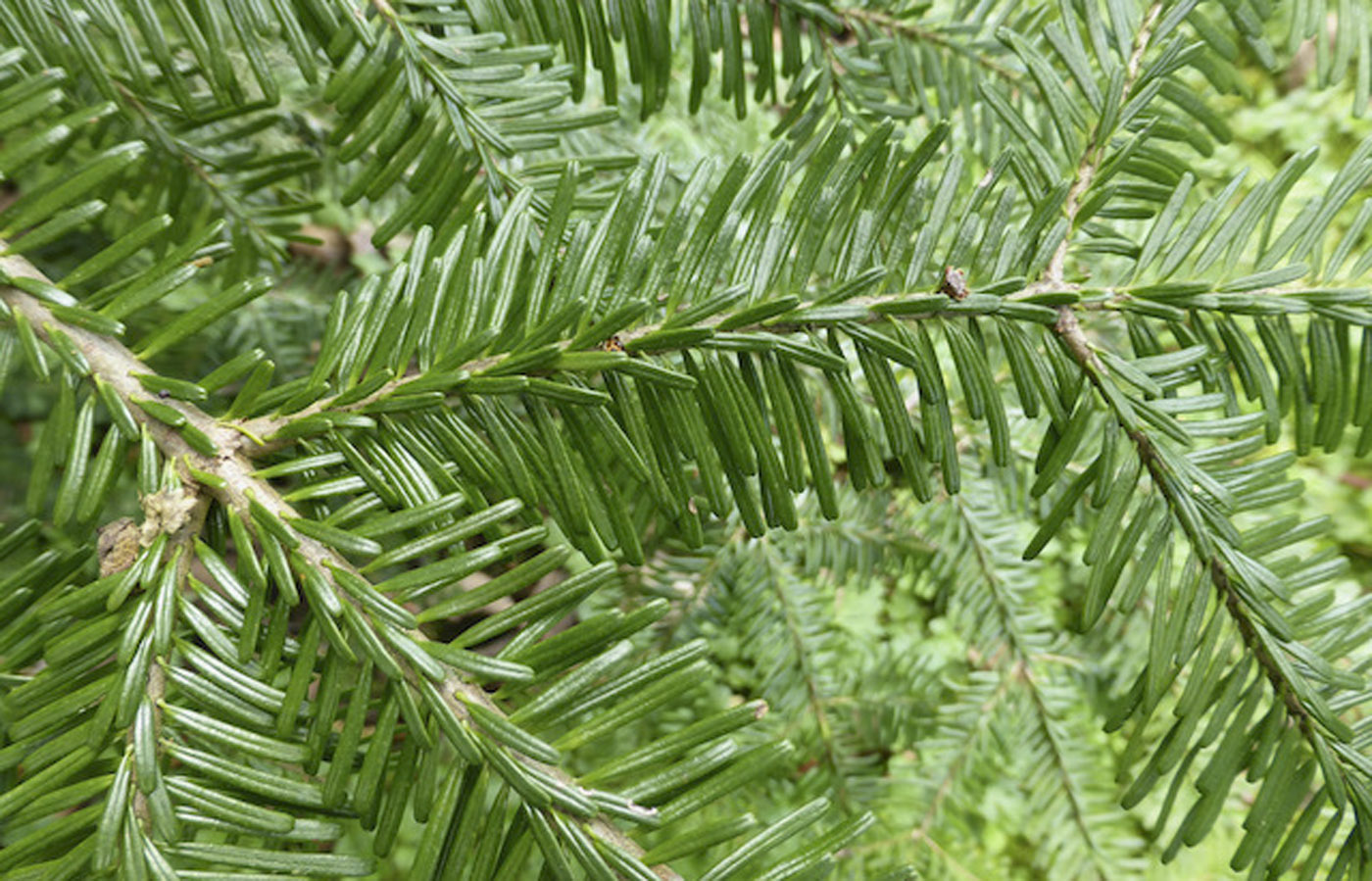
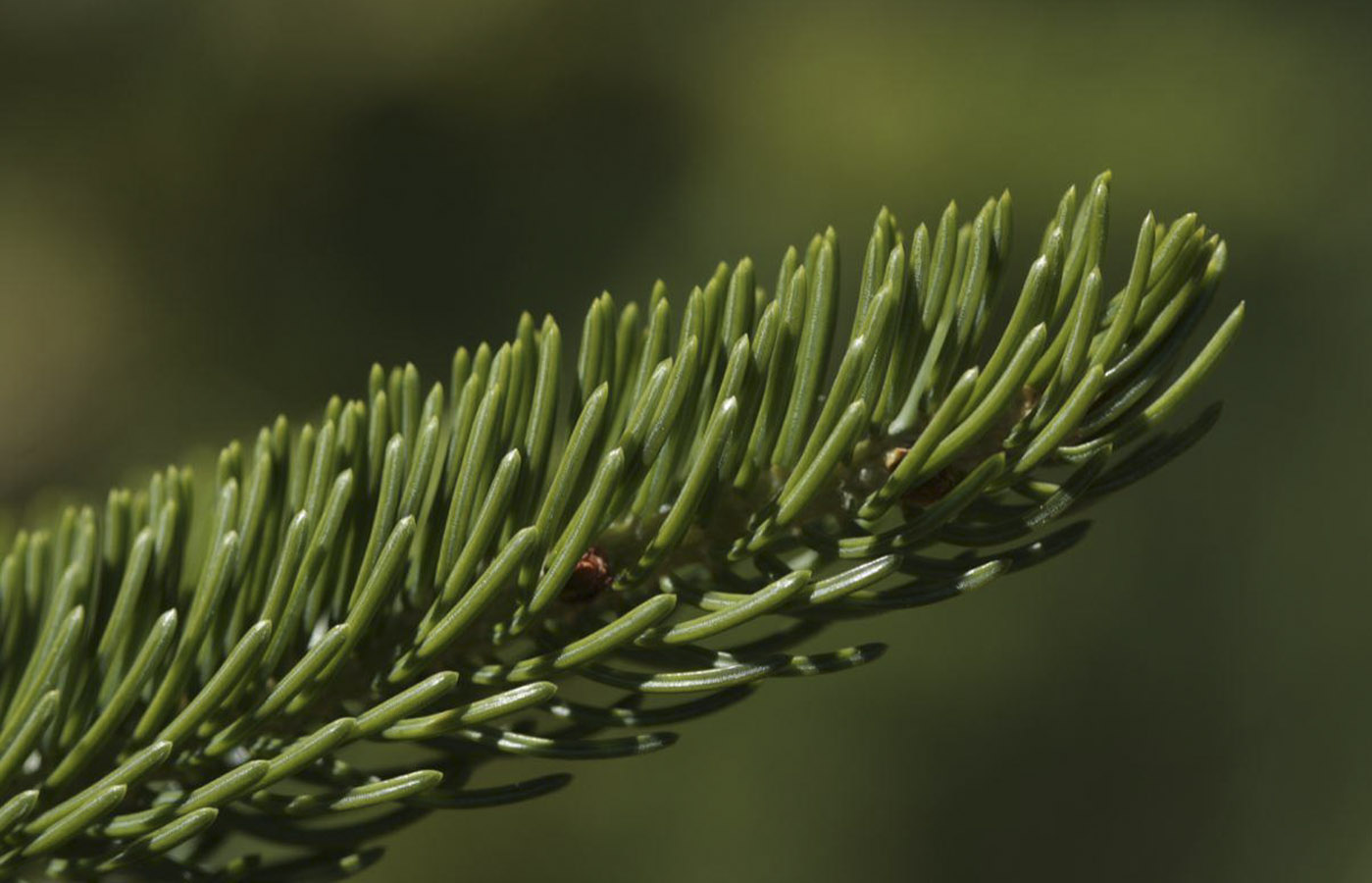
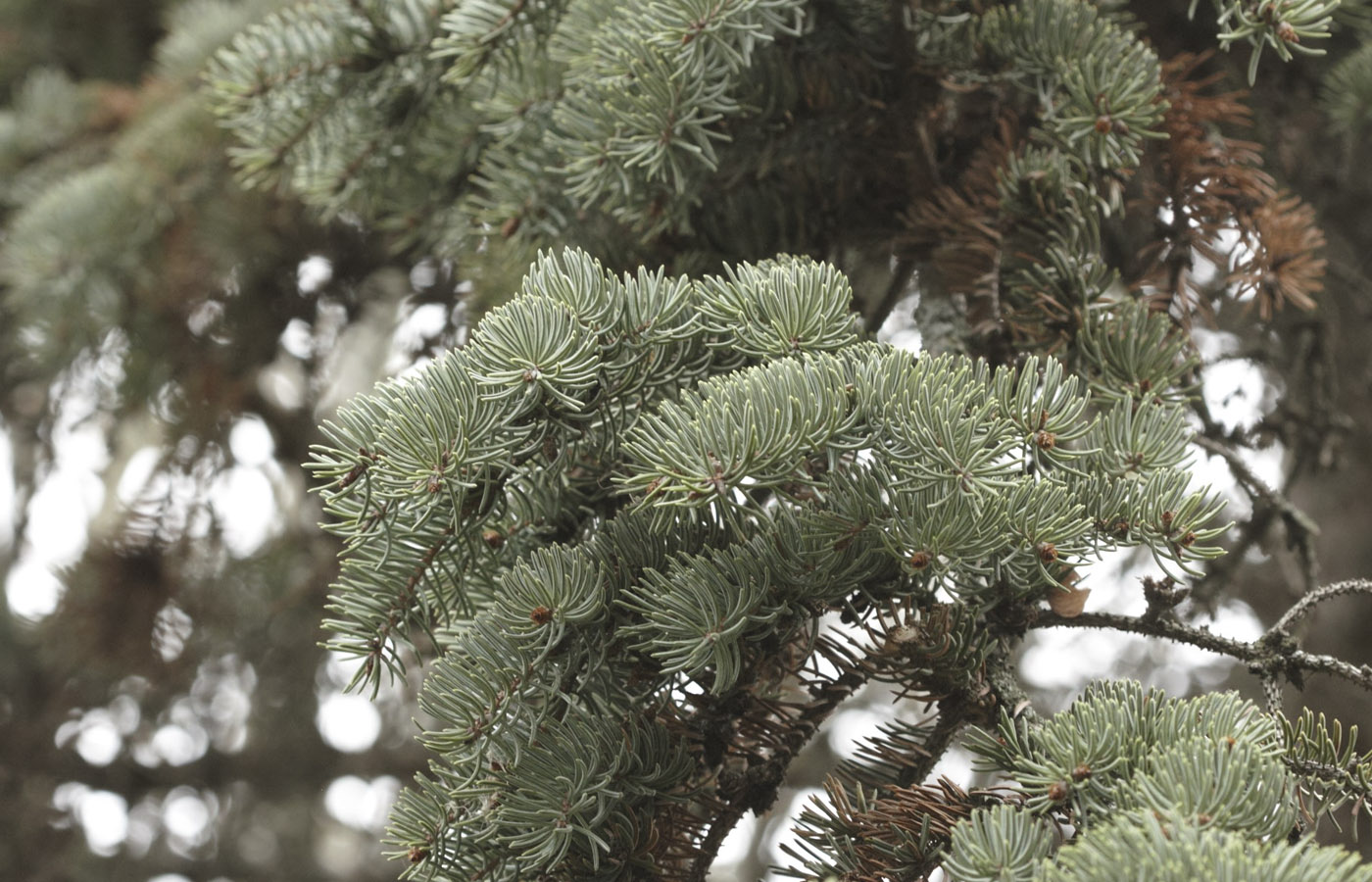
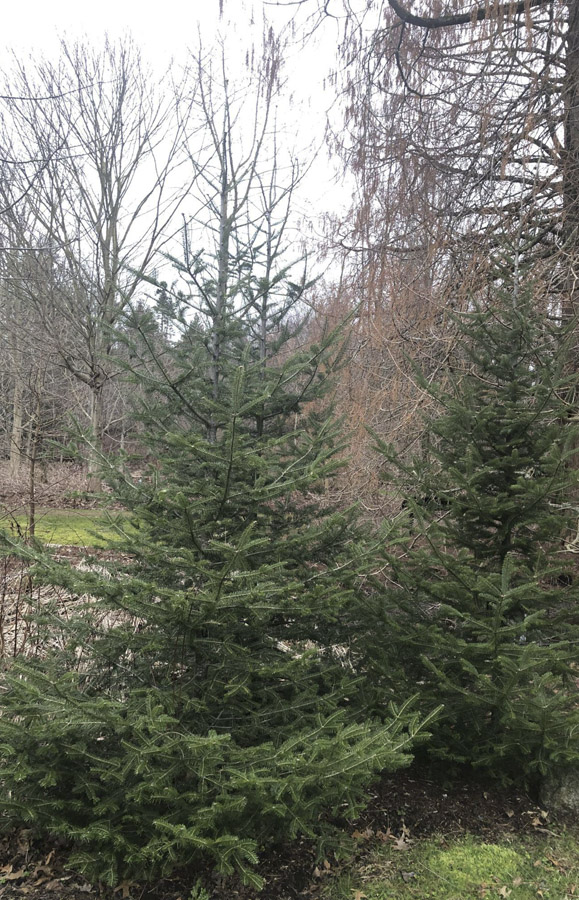
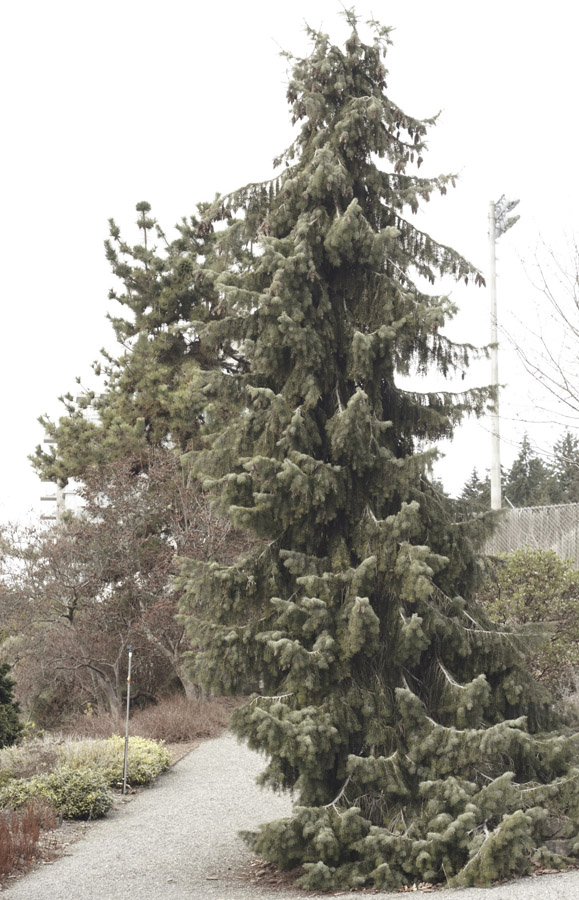
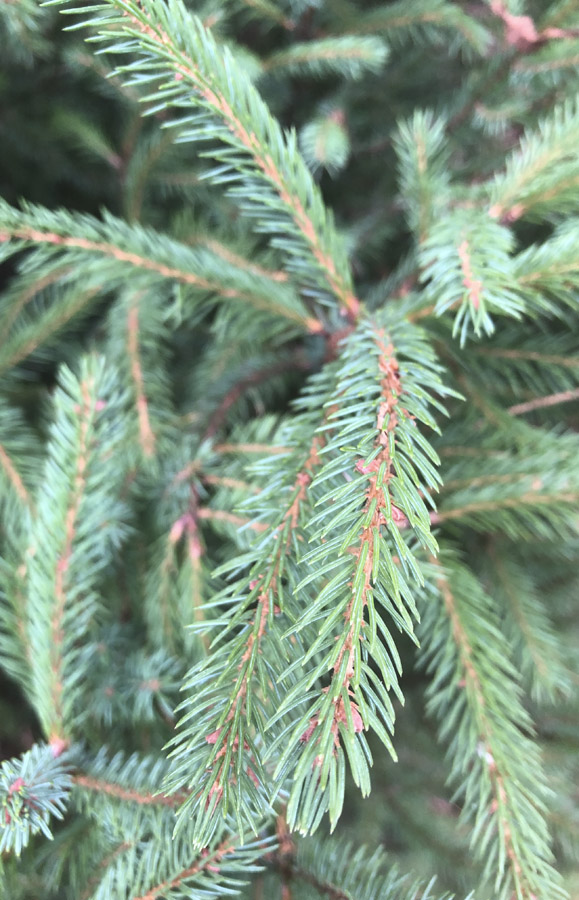
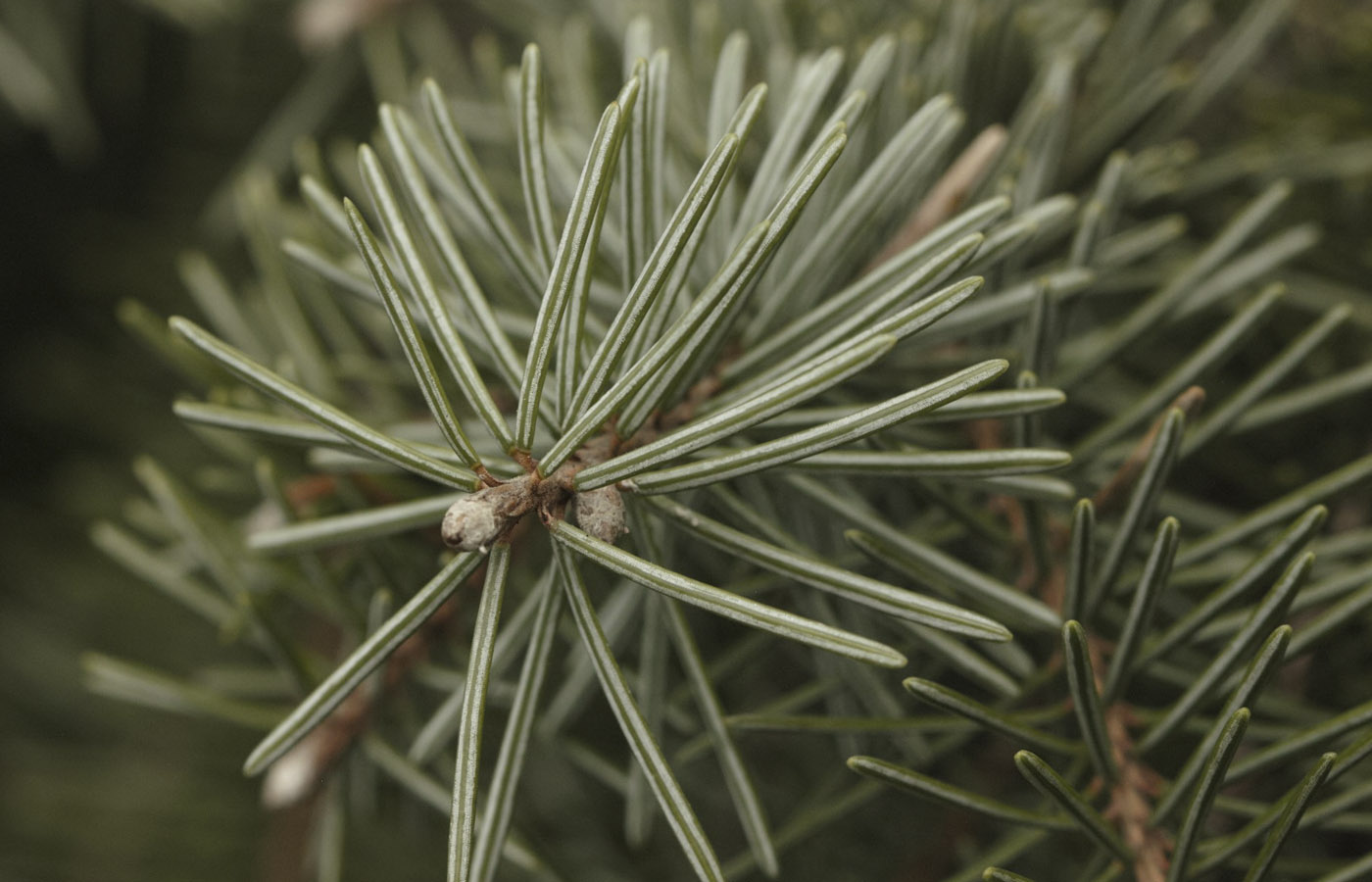
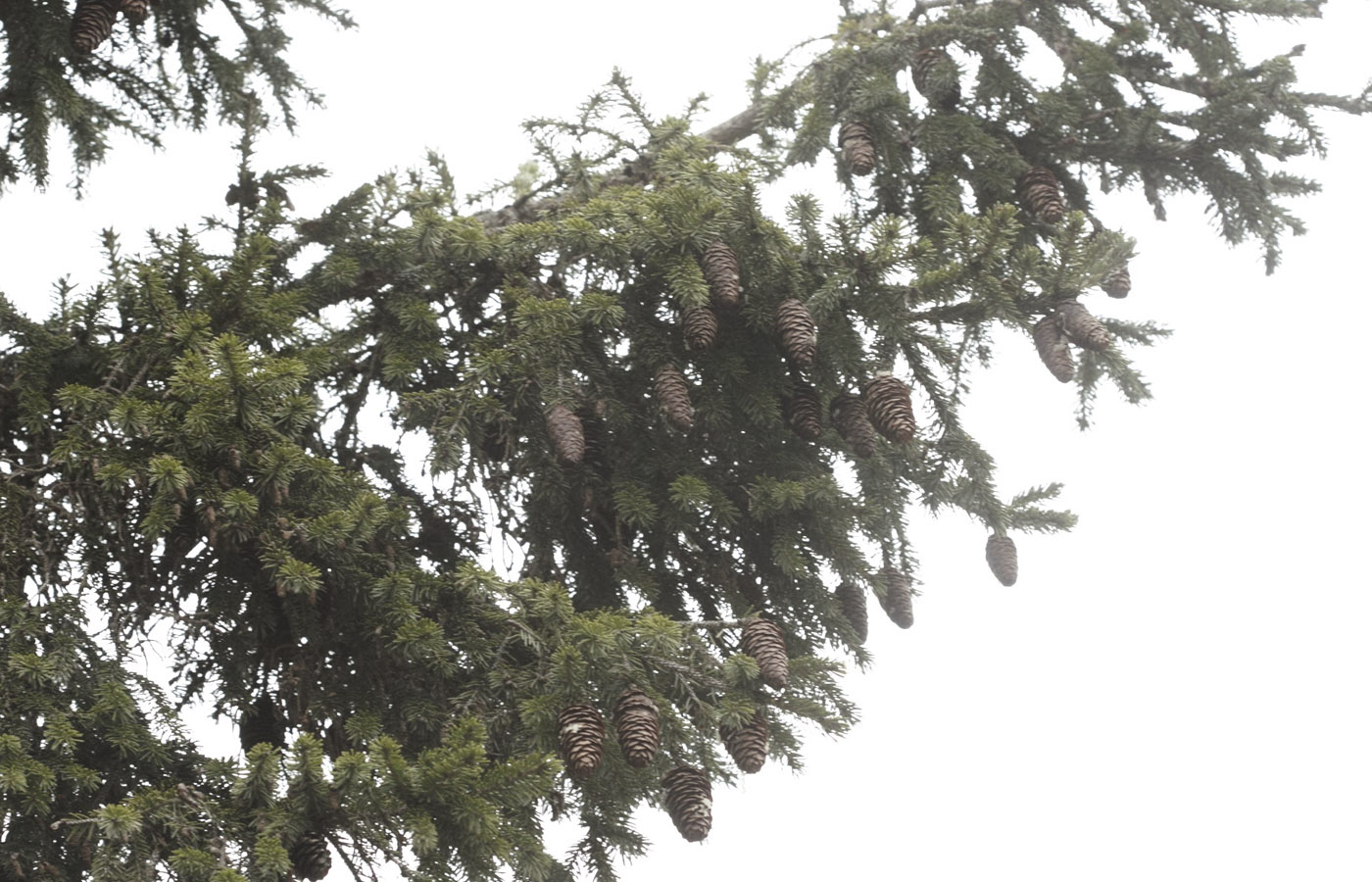
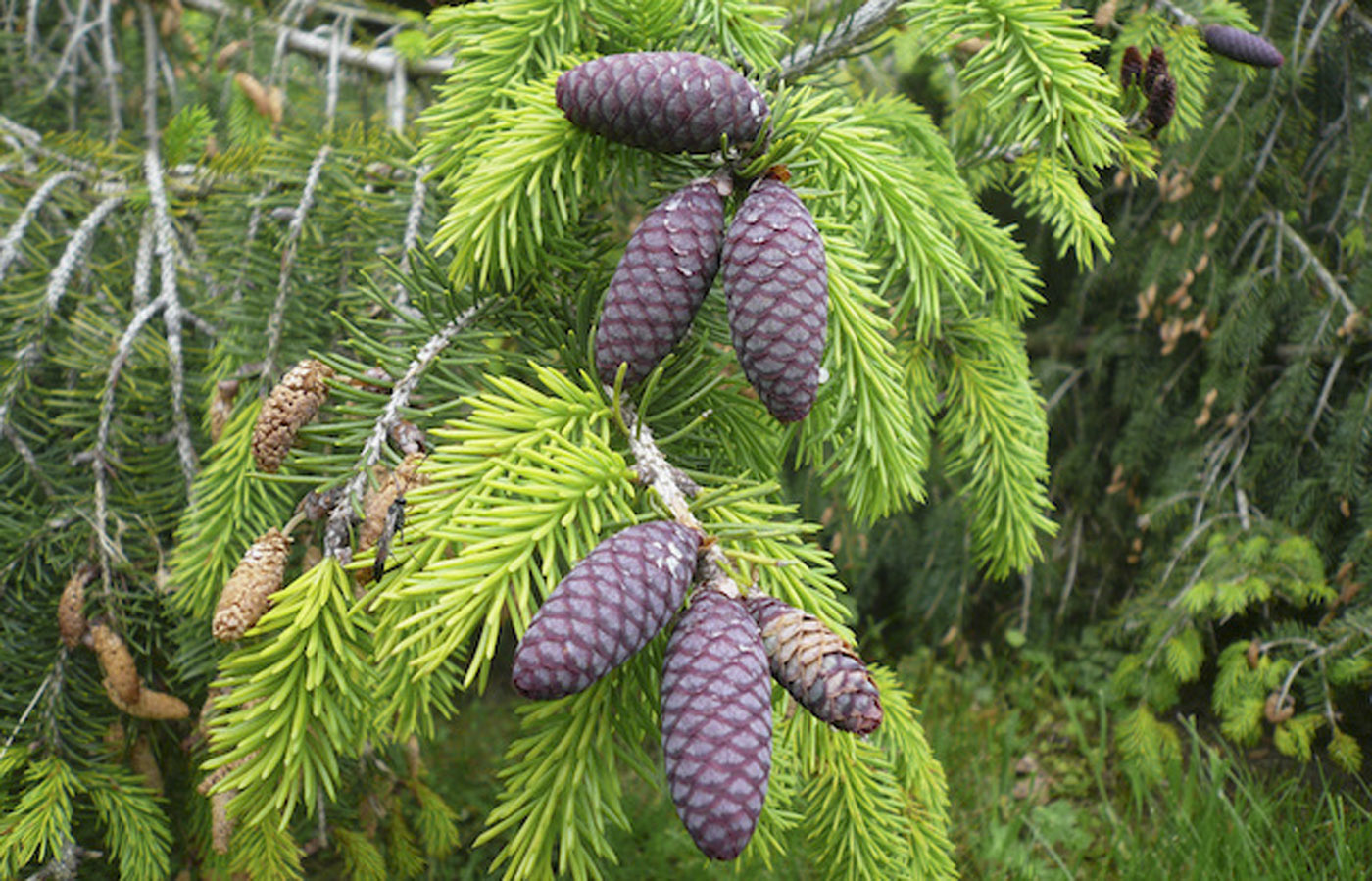
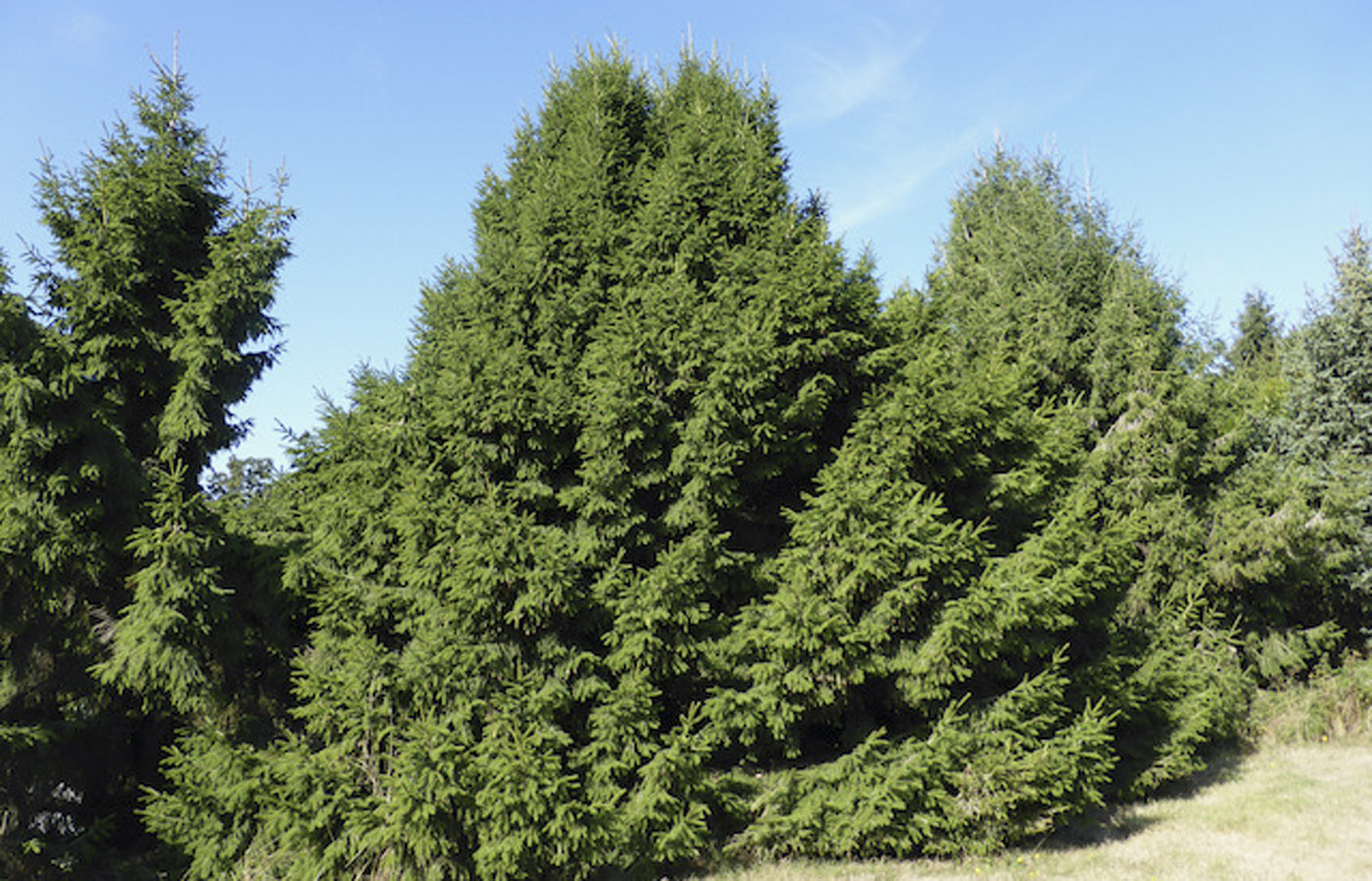
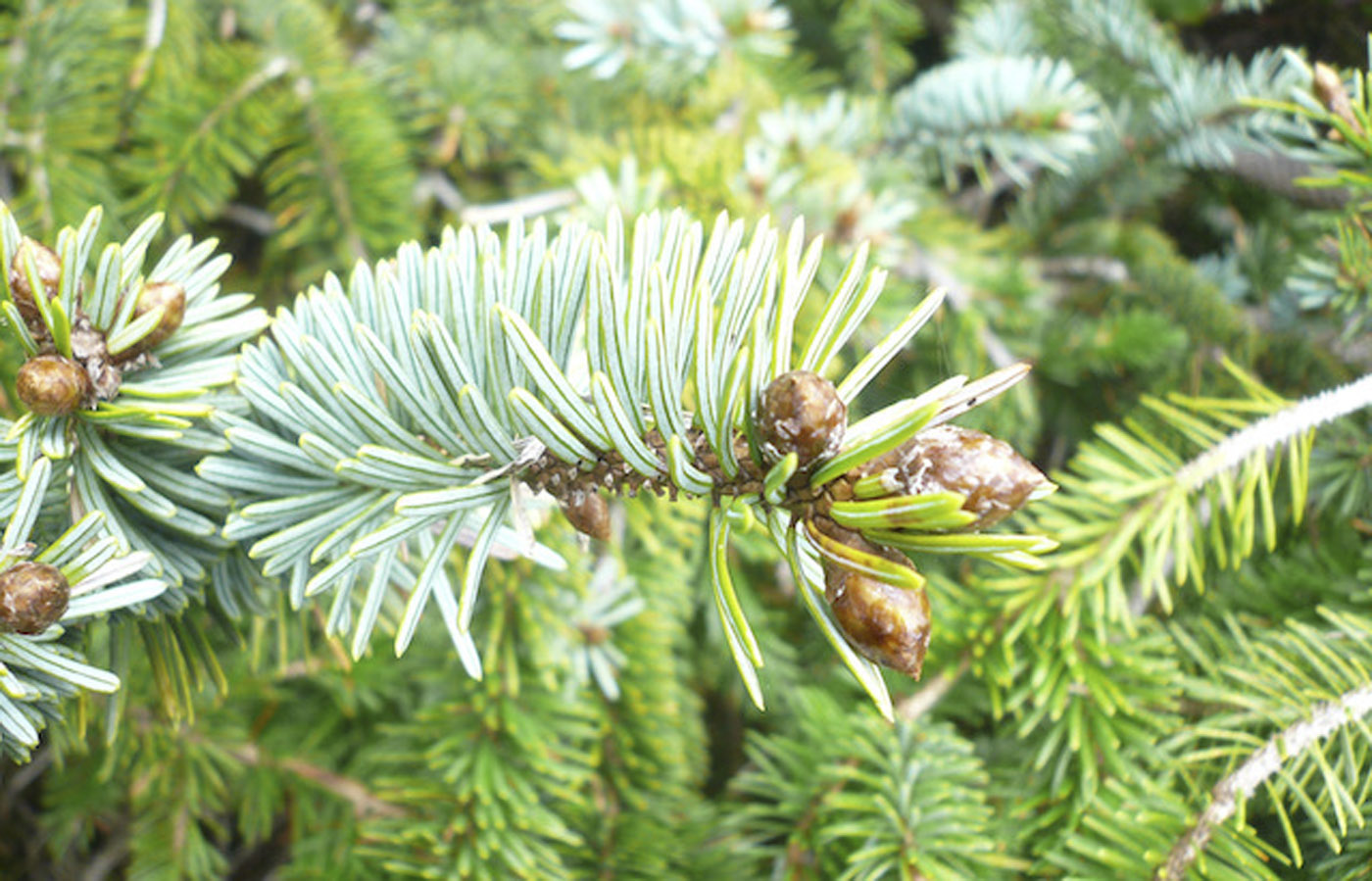
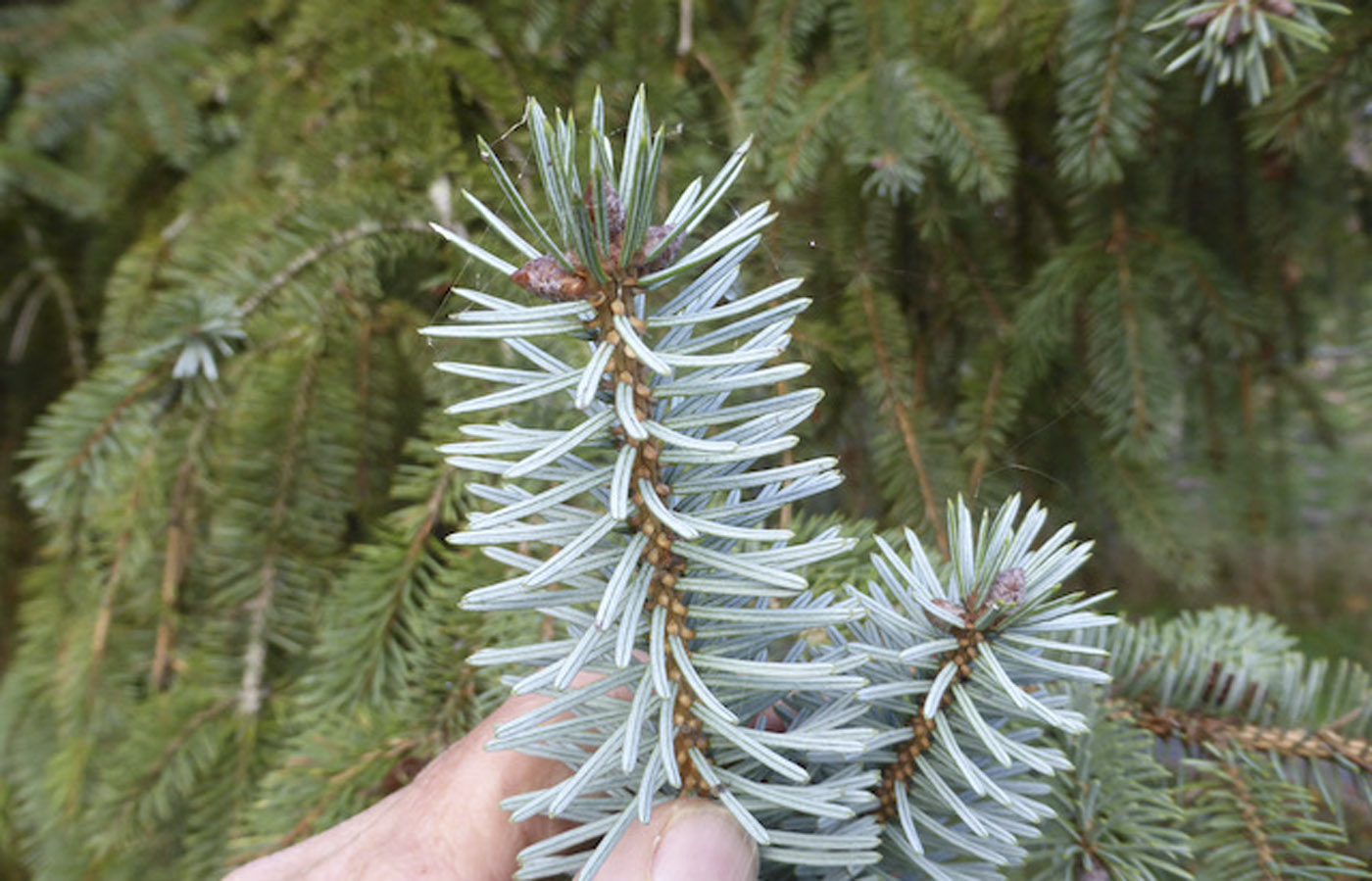
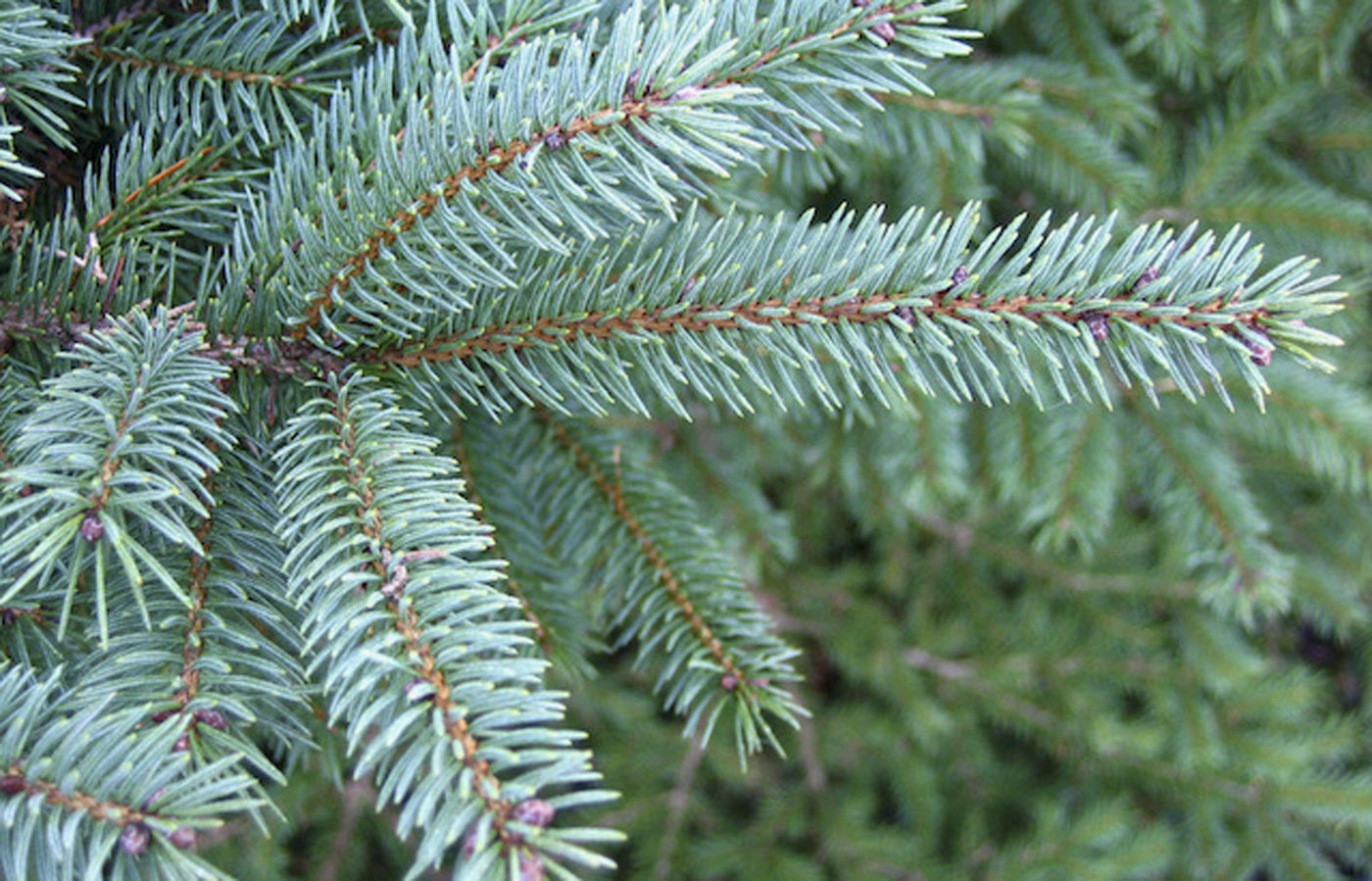
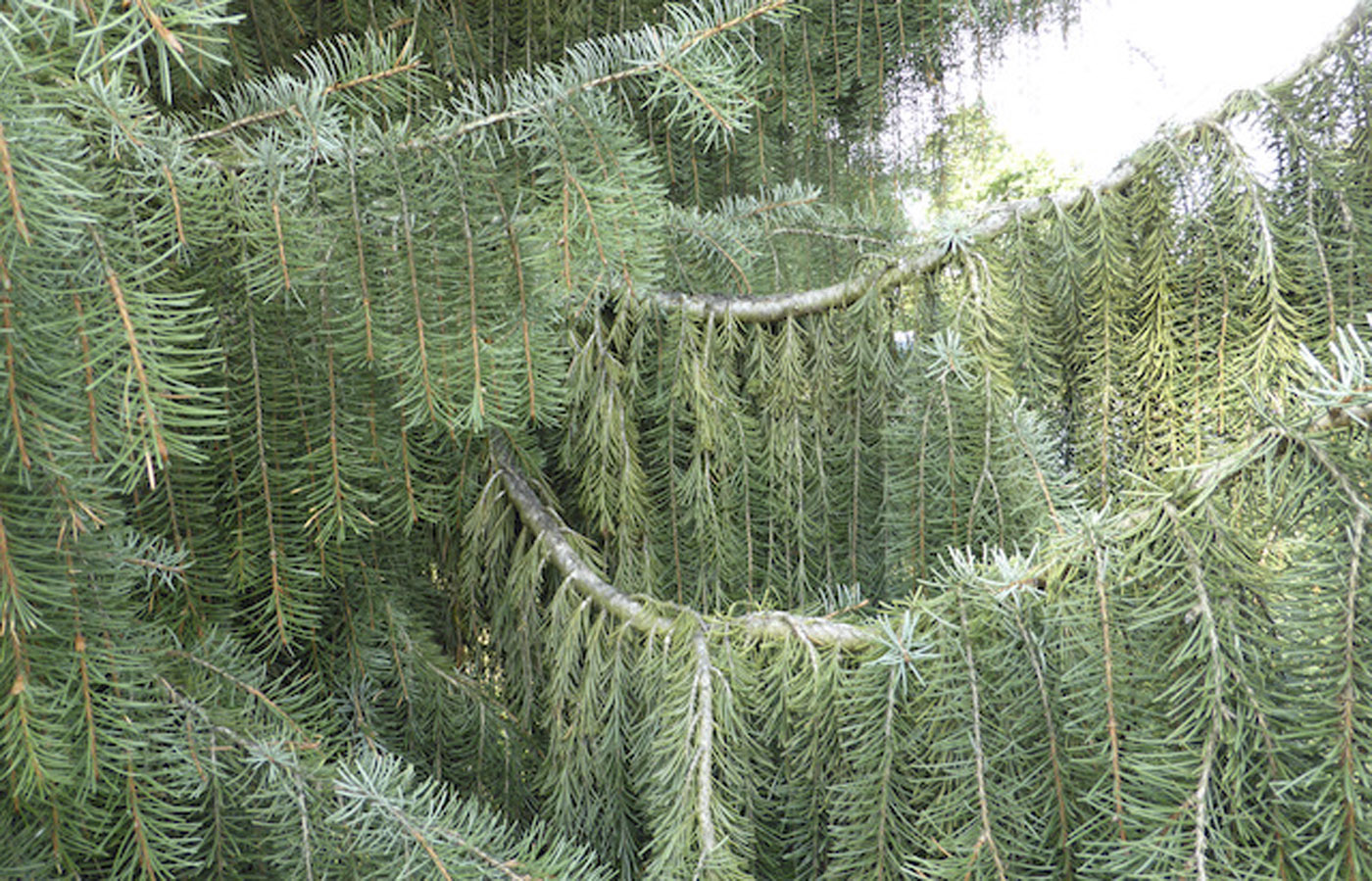
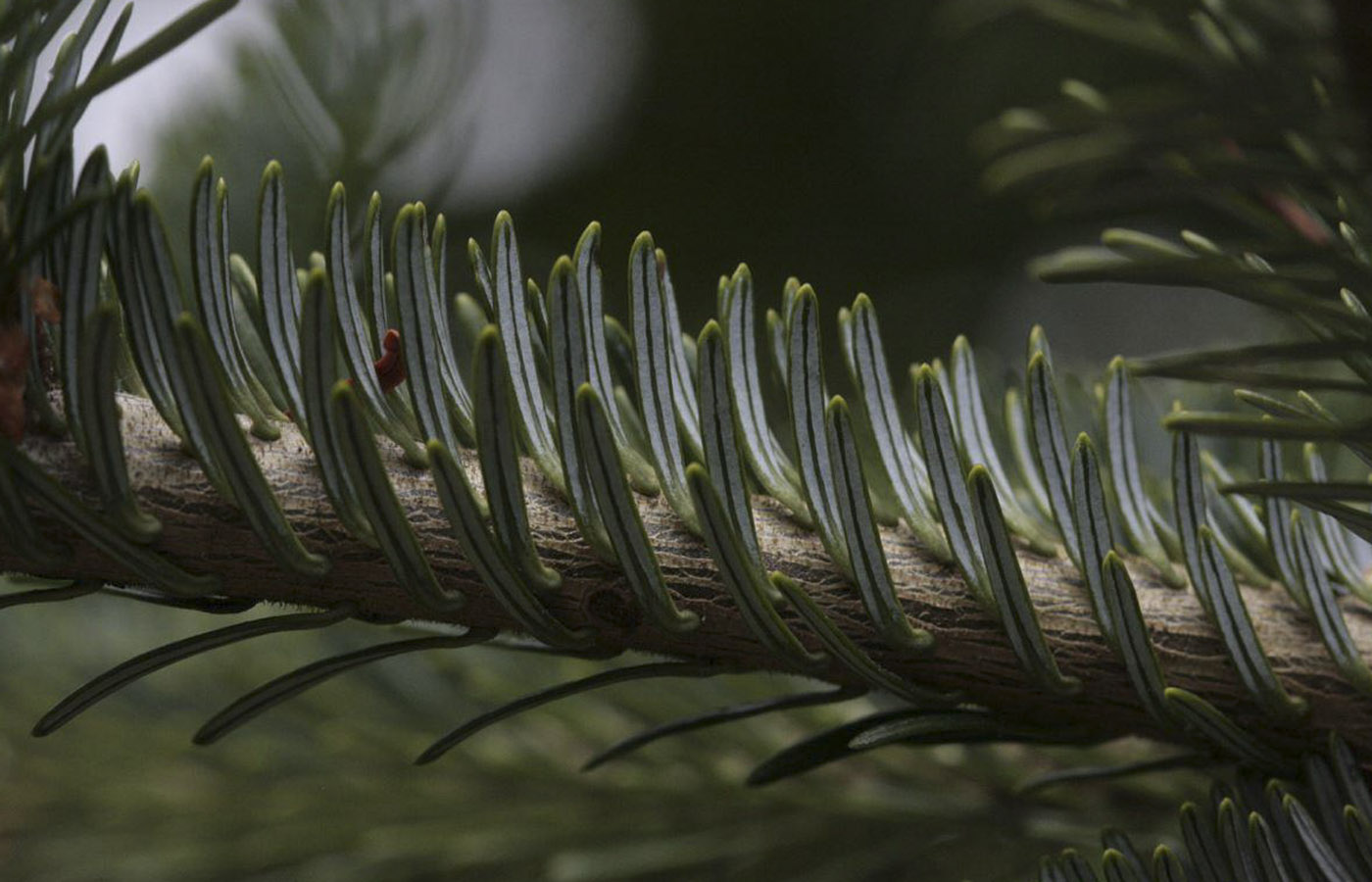
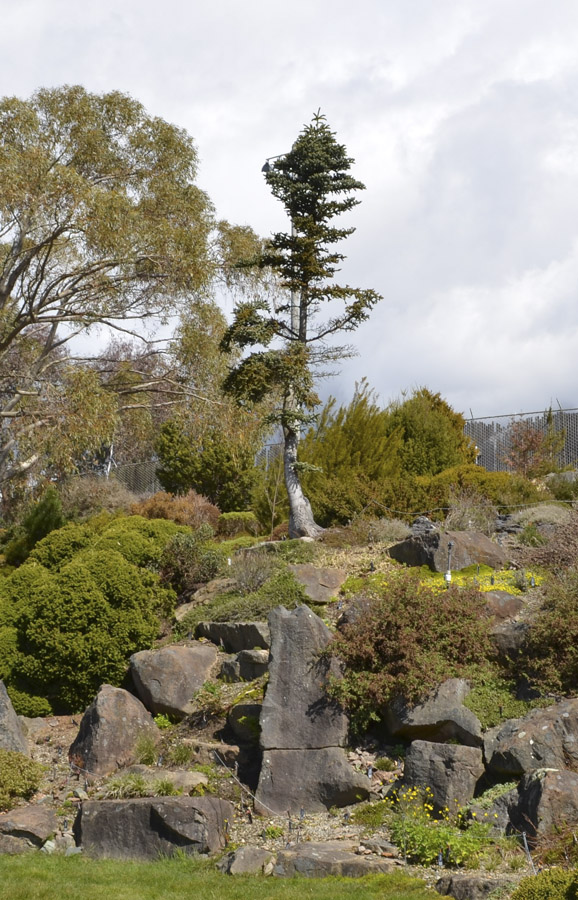
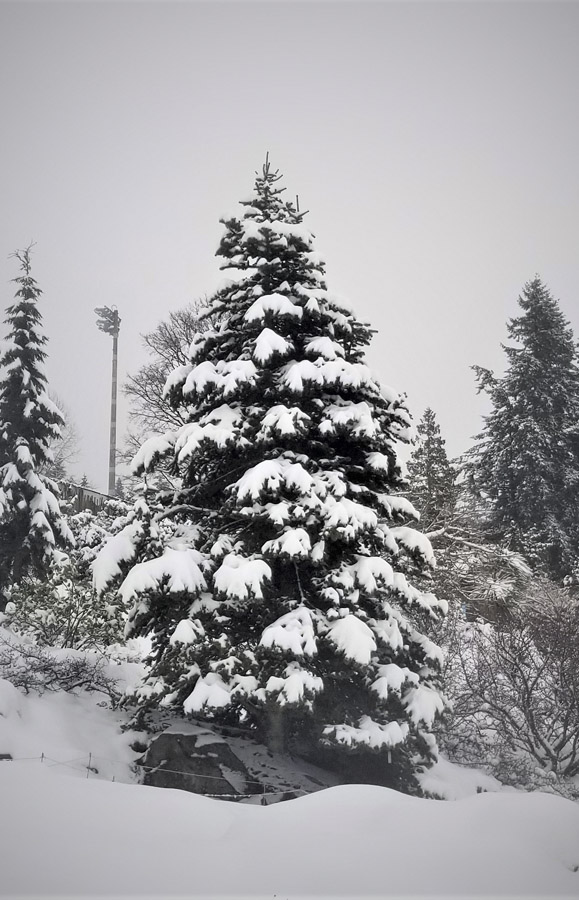
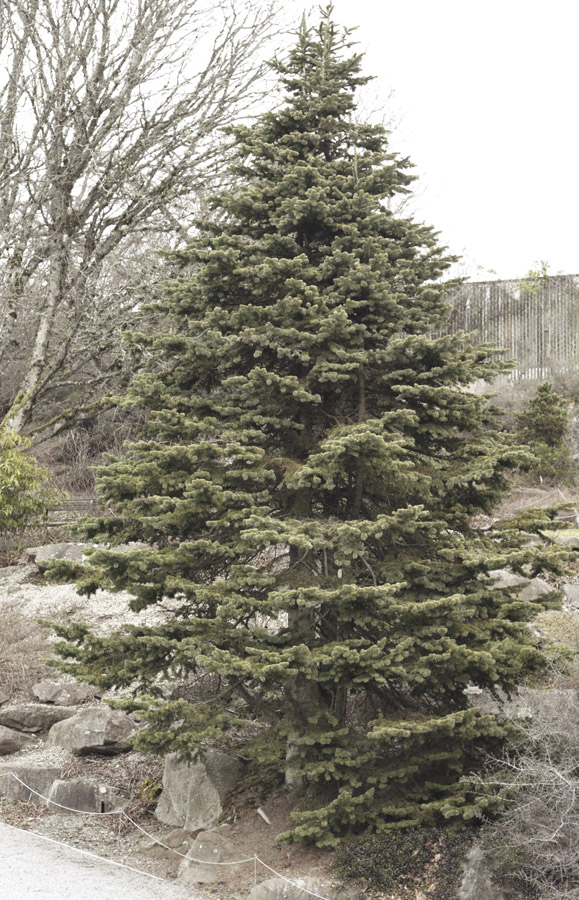
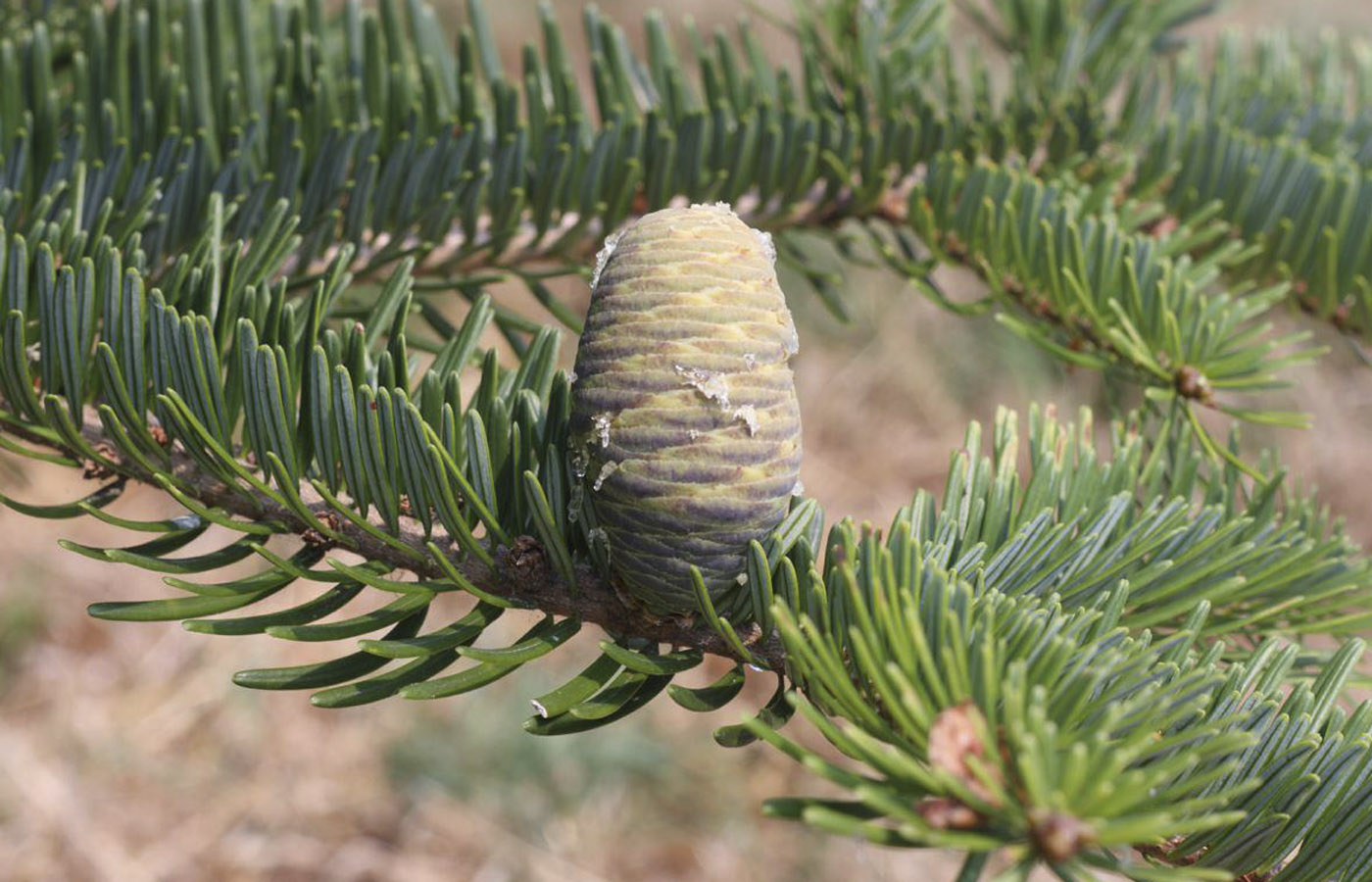
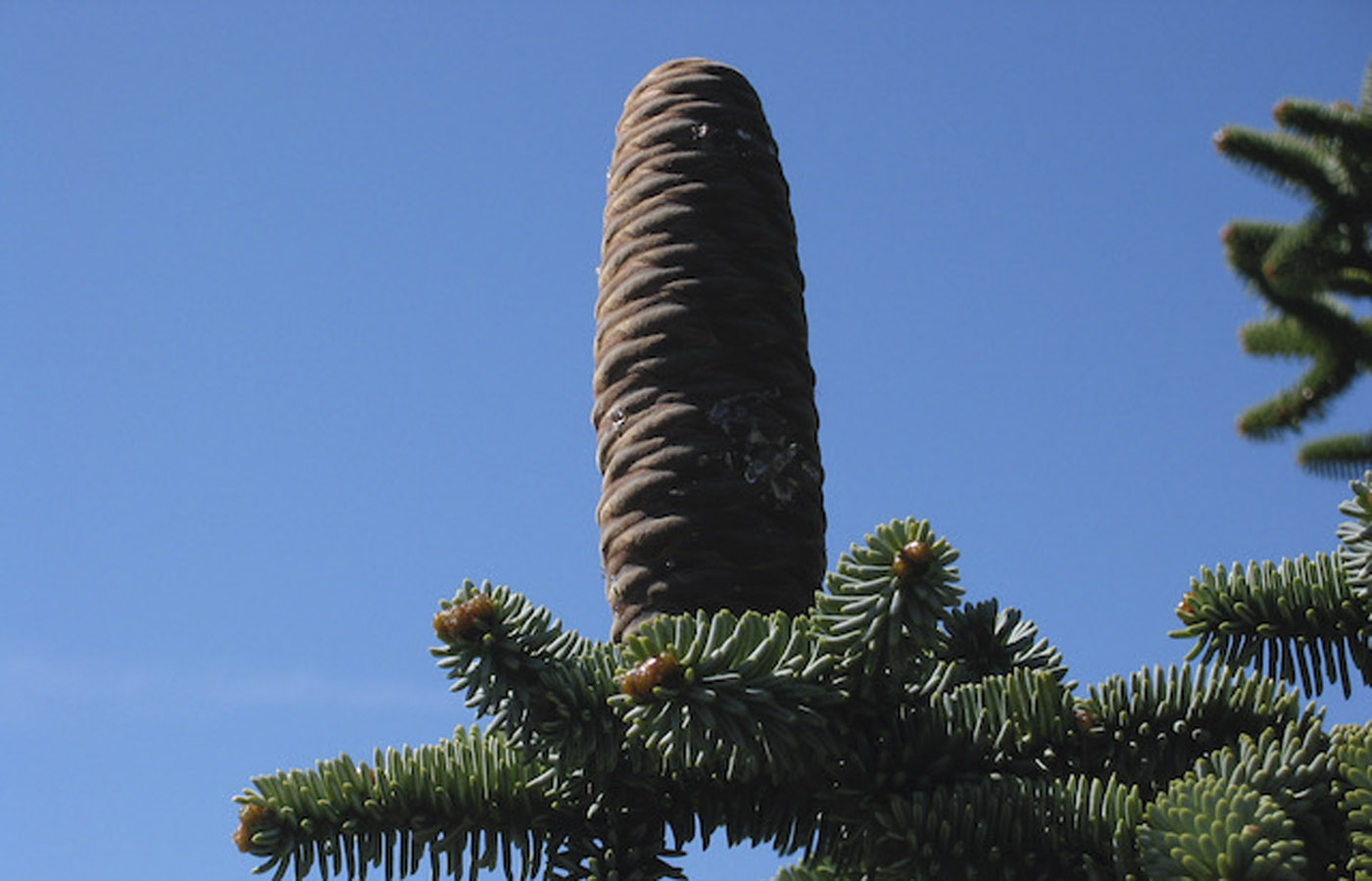
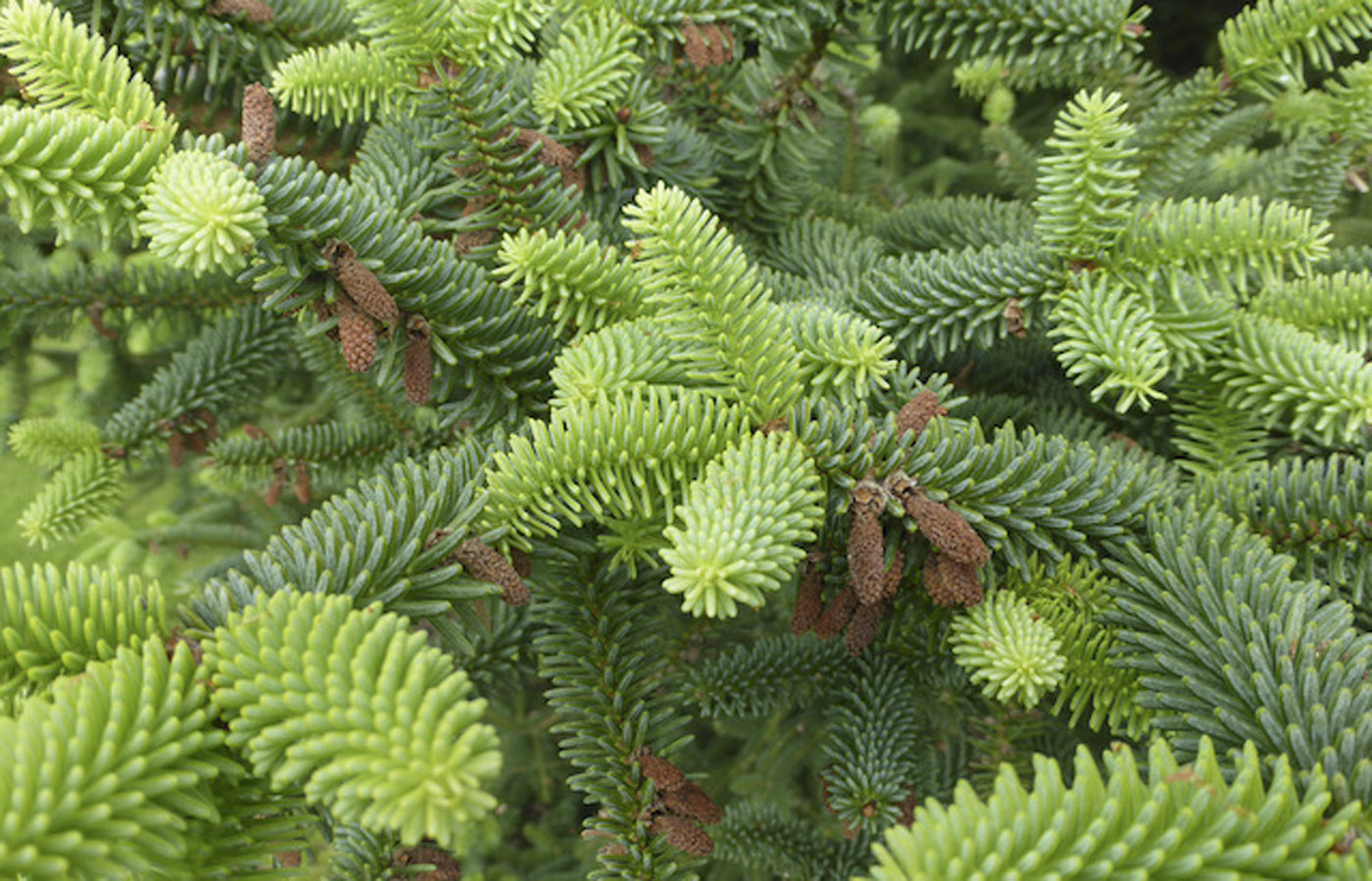
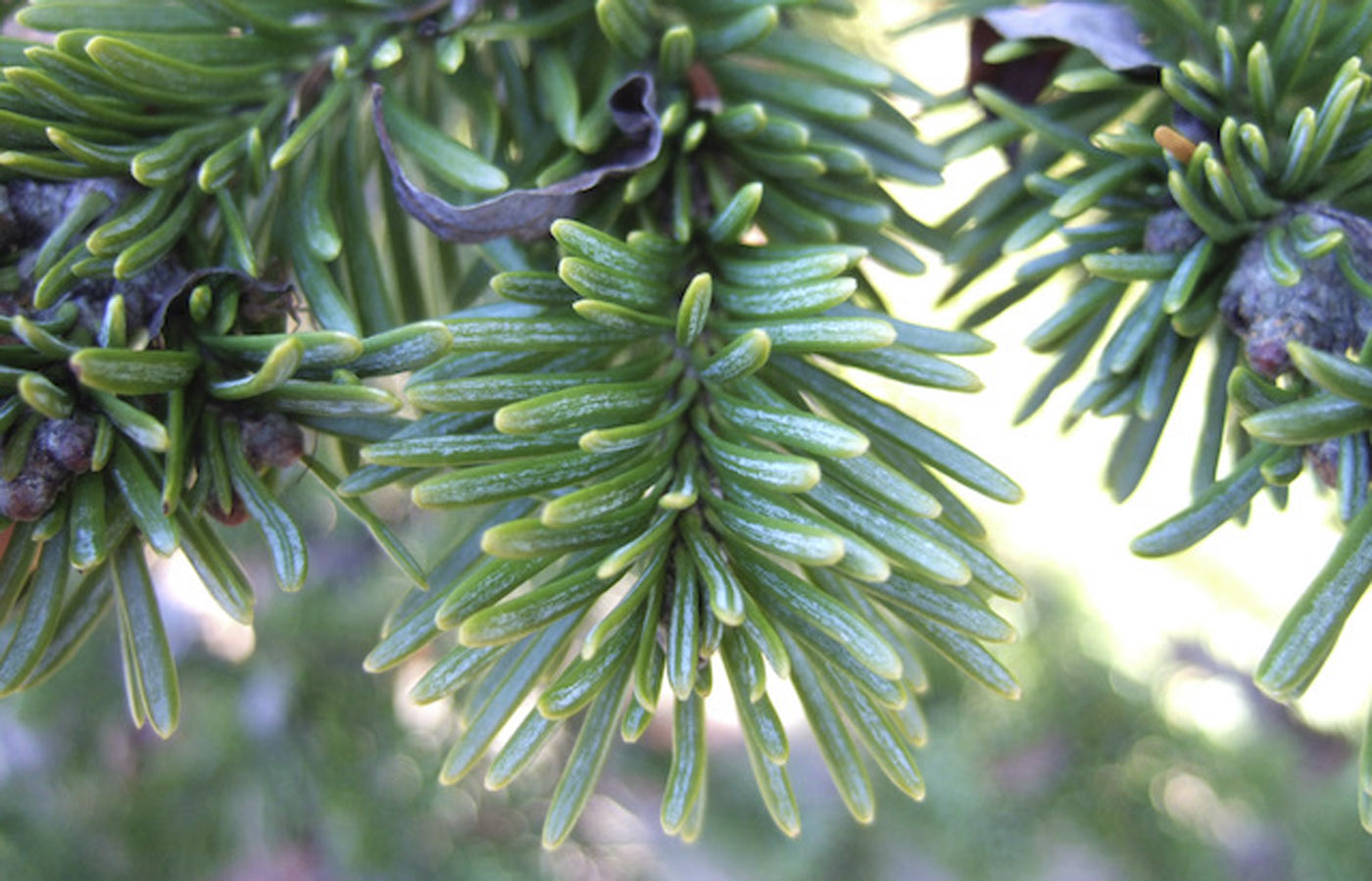
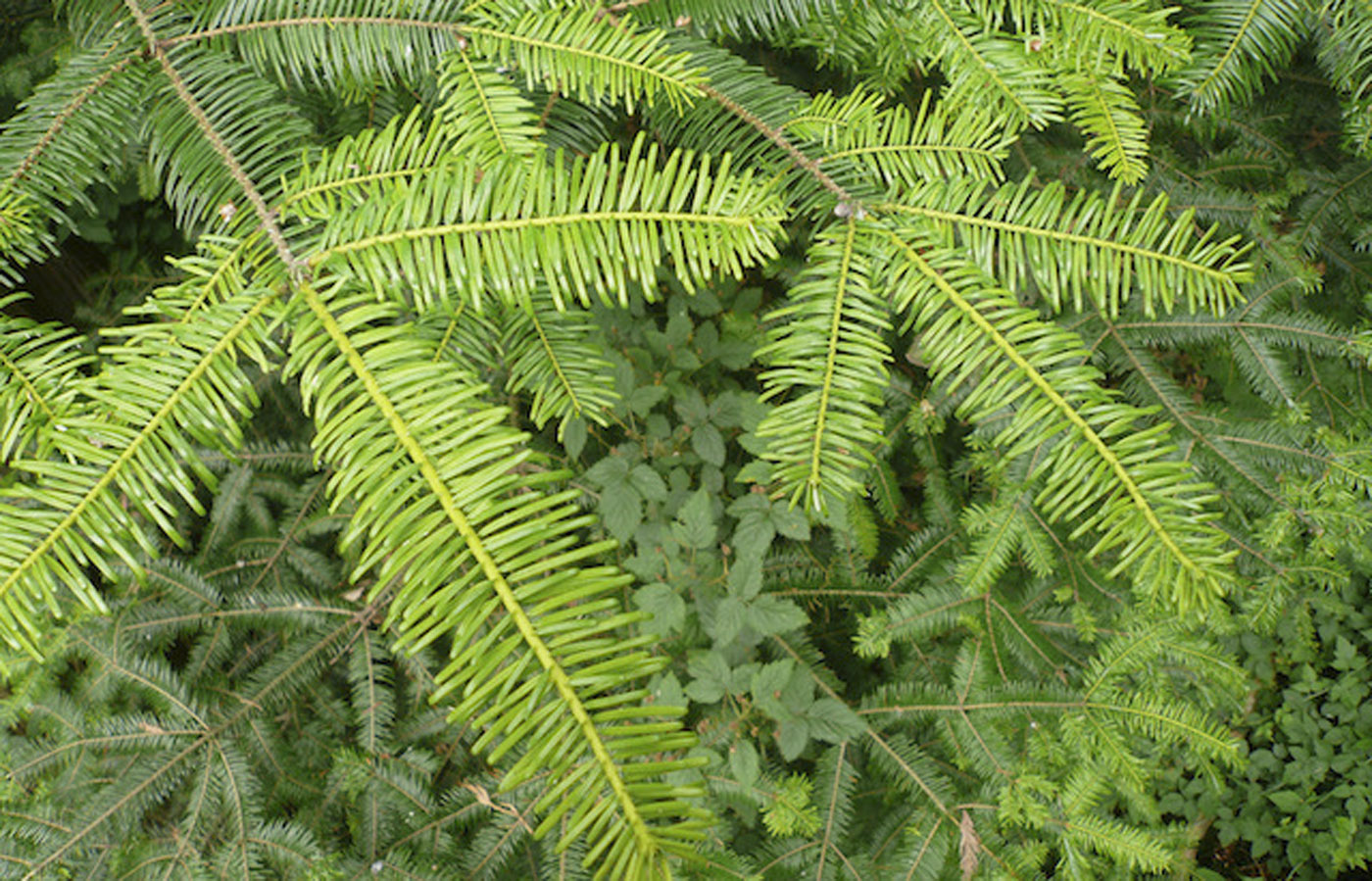
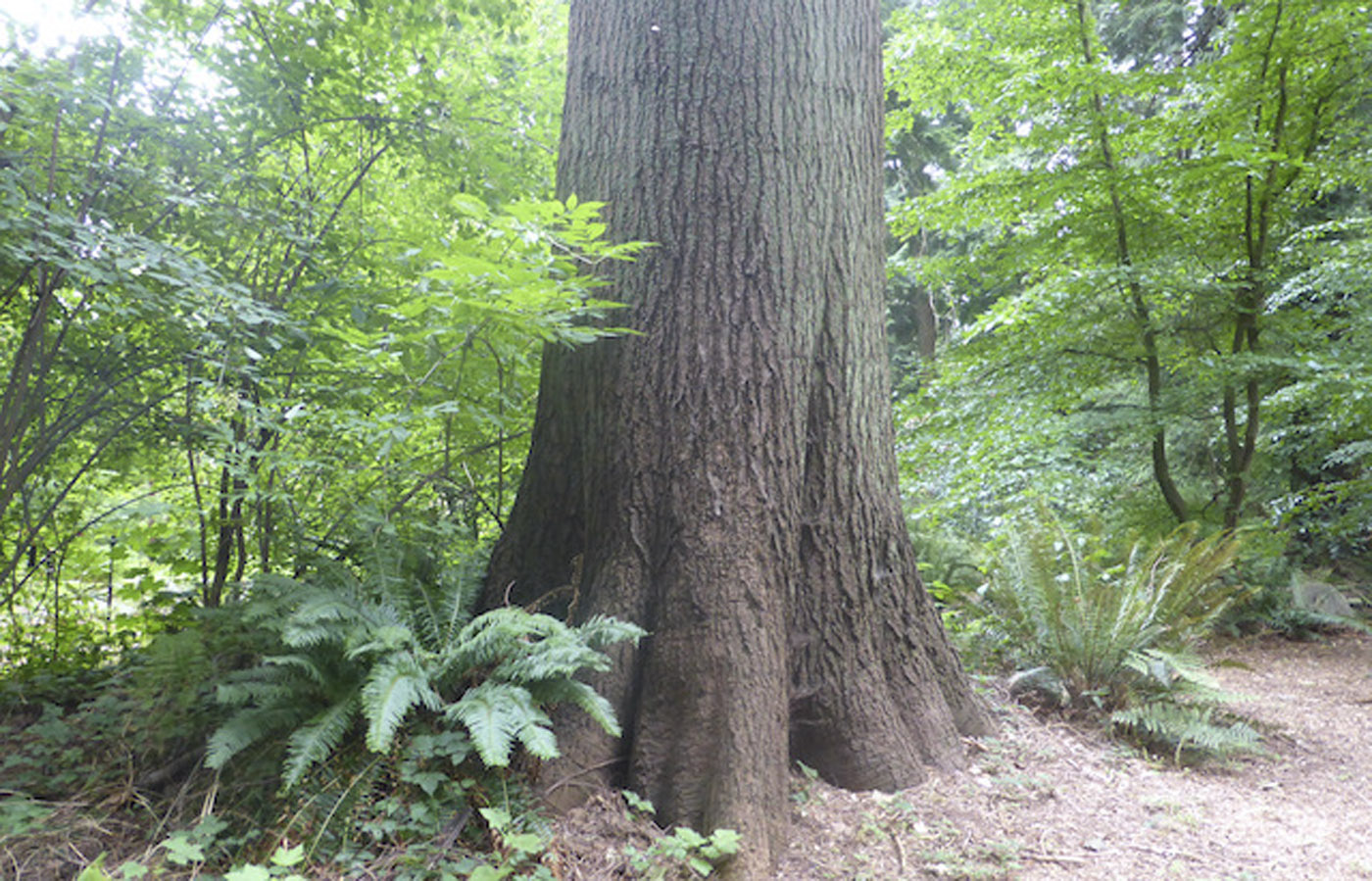
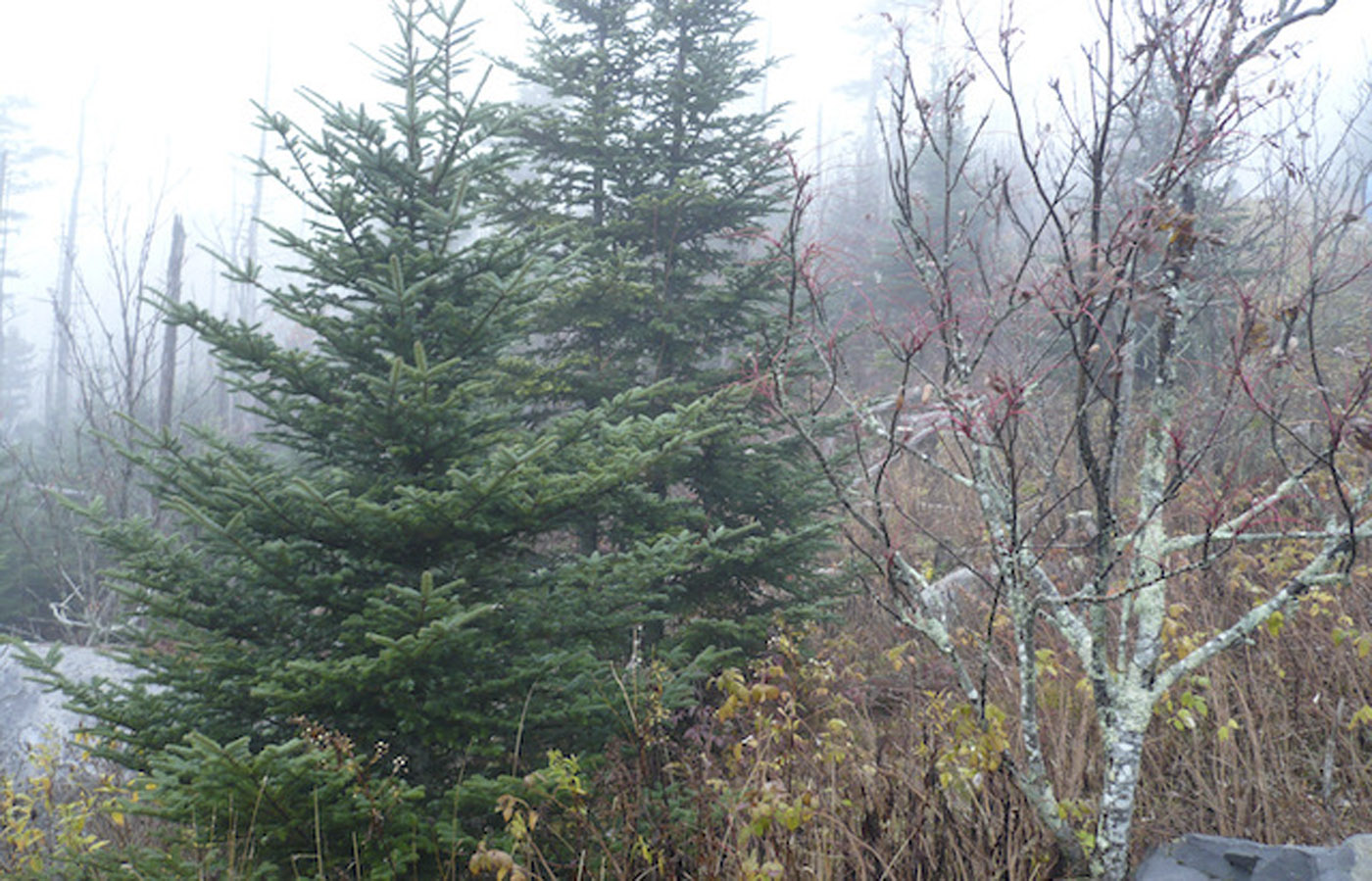
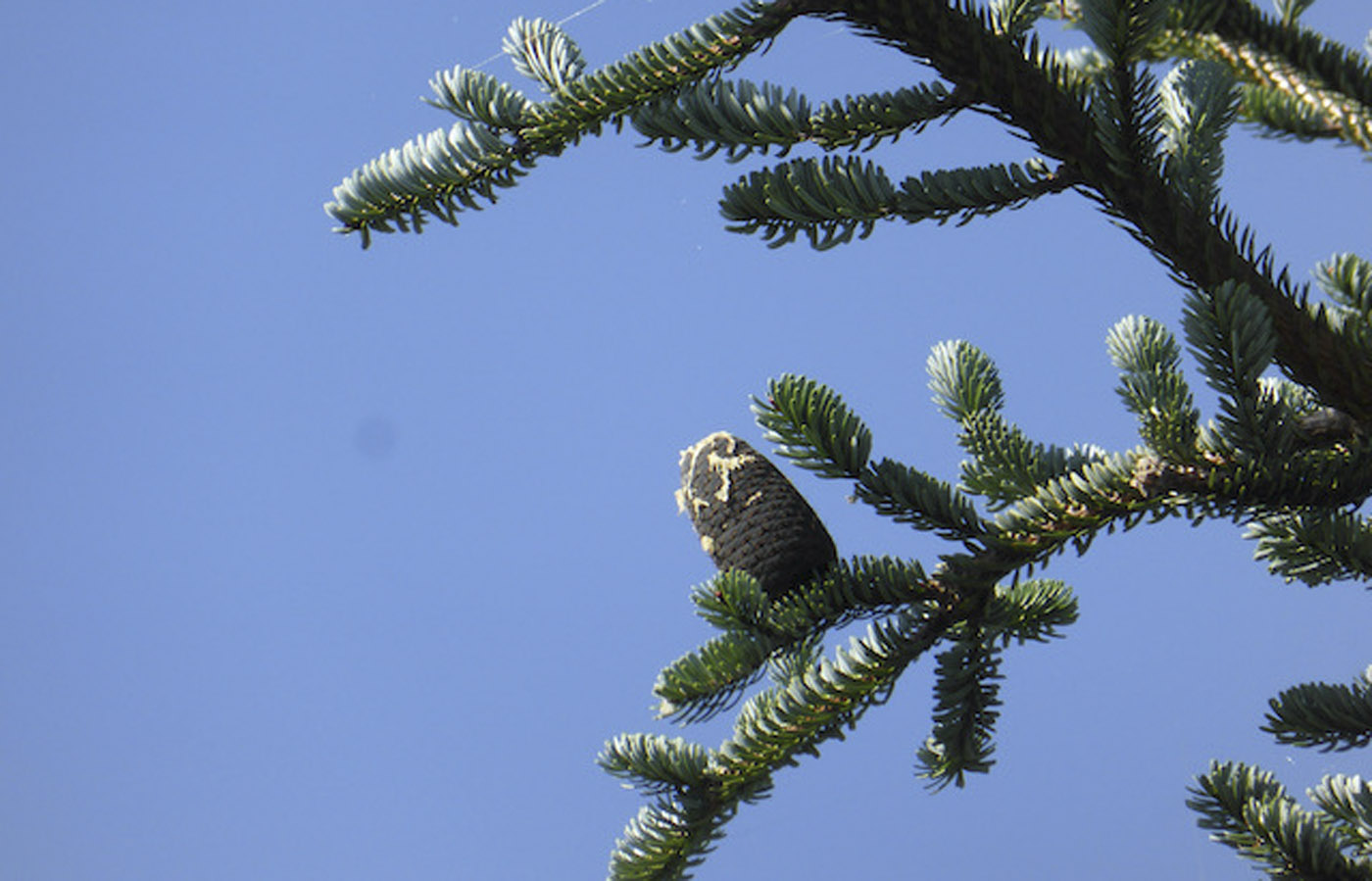
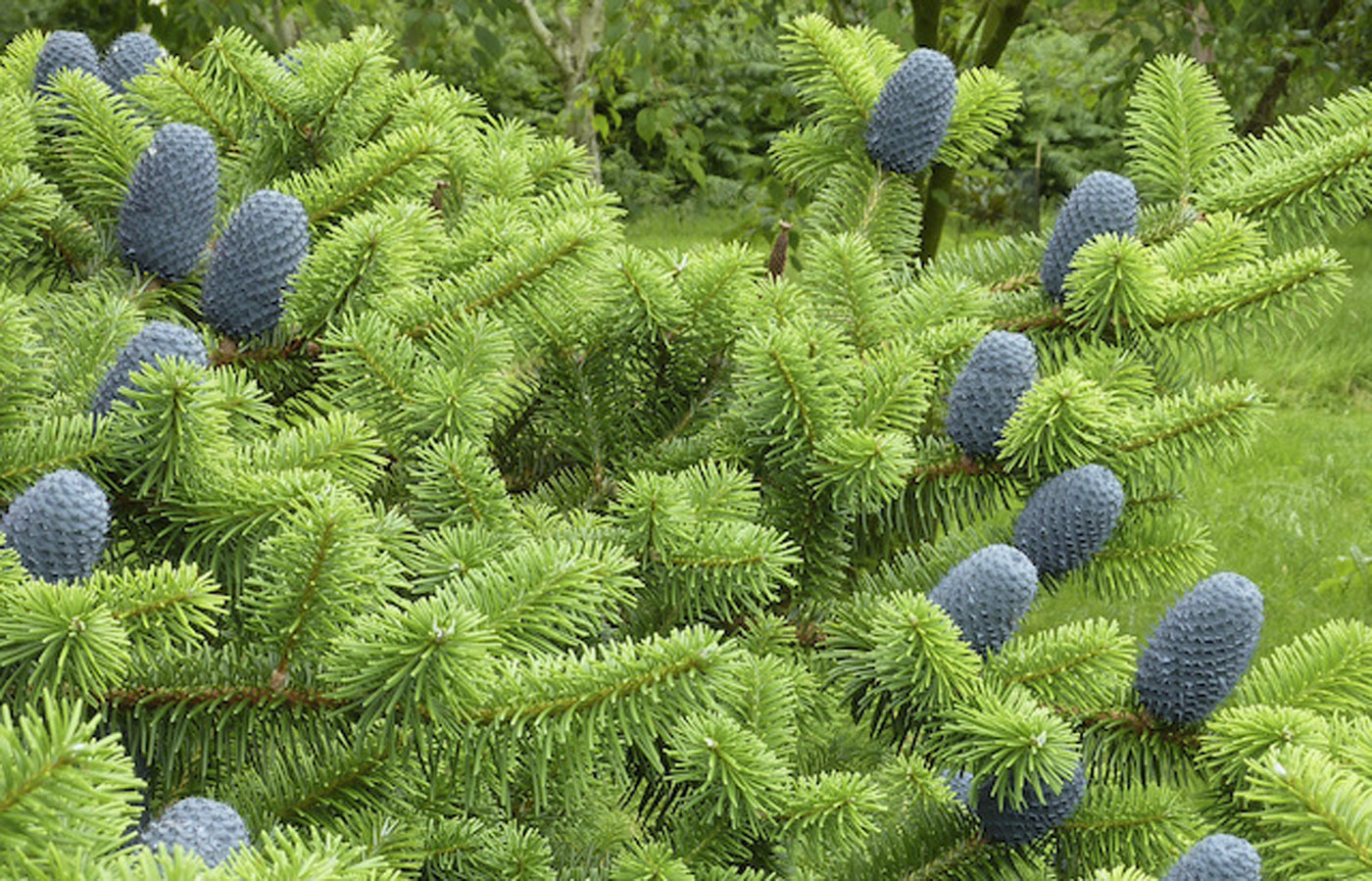
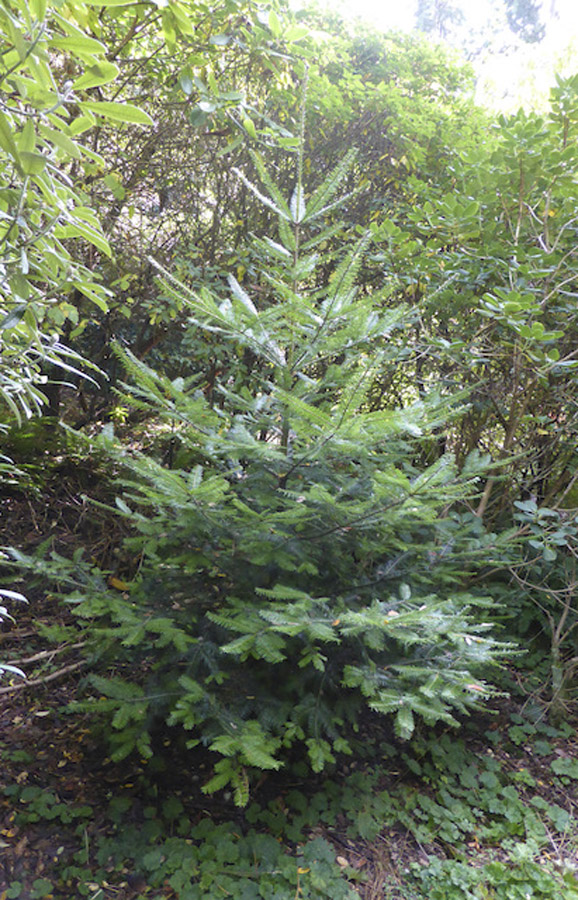
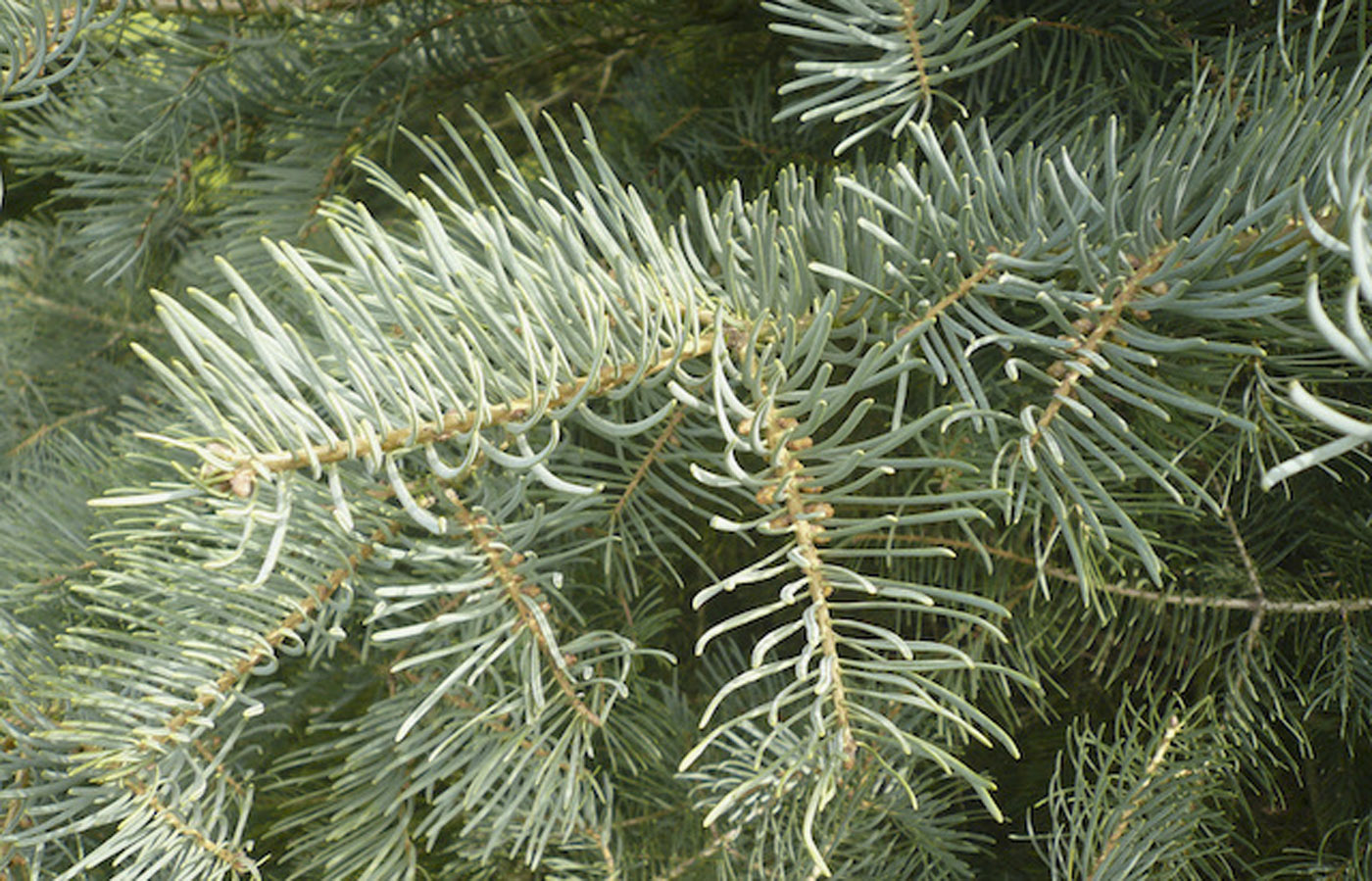
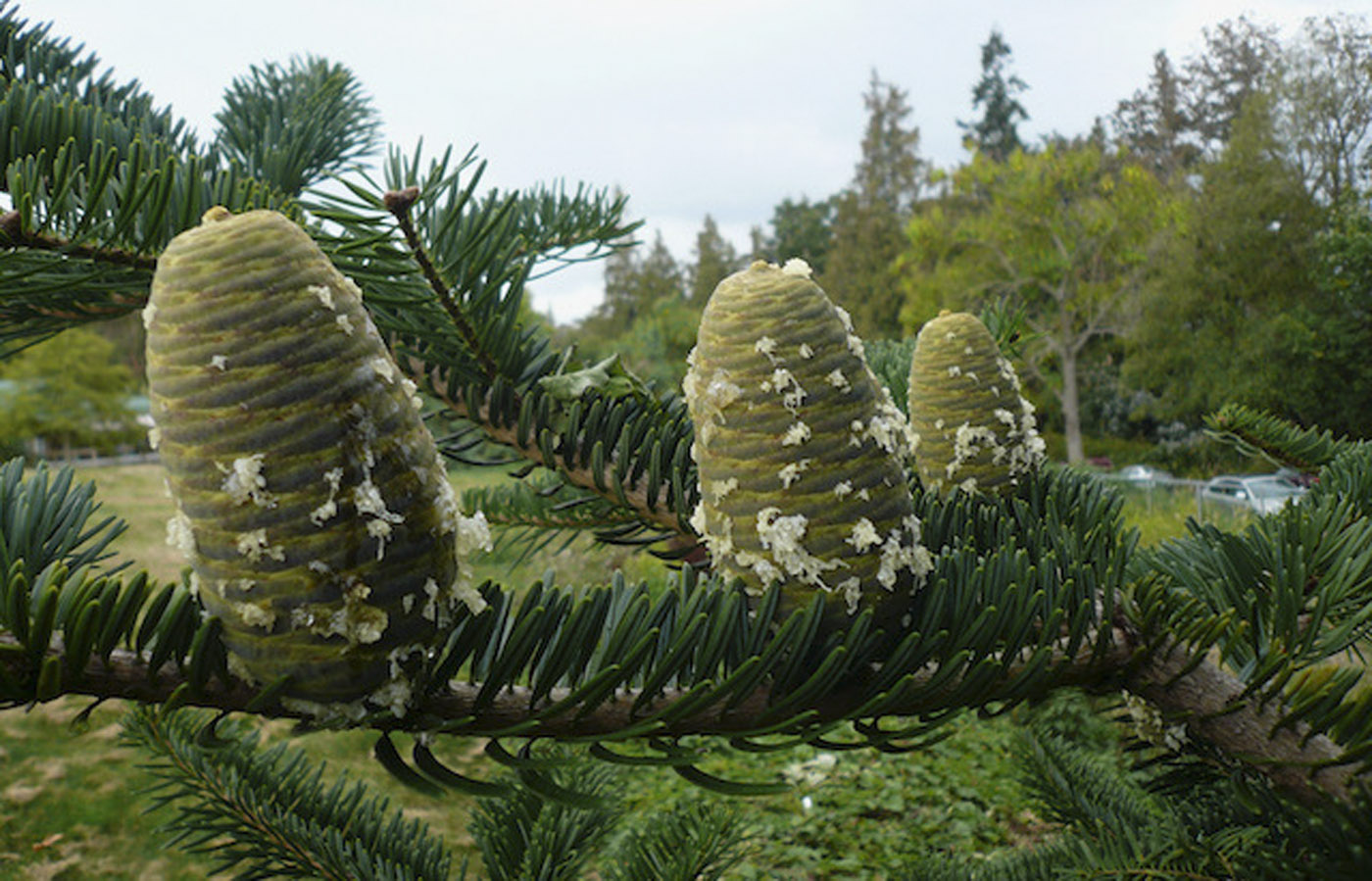
What an informative and wonderful article.